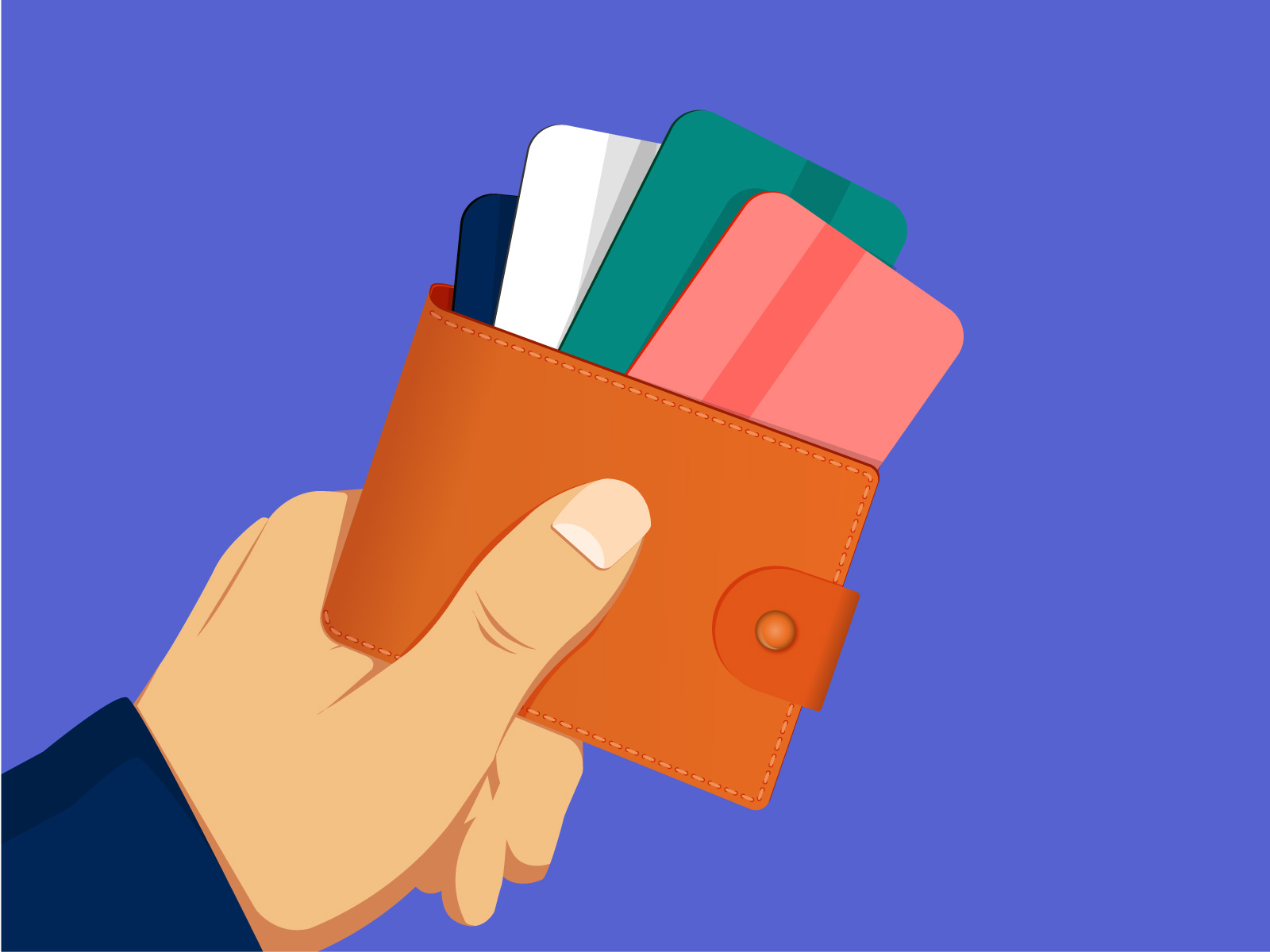Managing your cash flow when money is tight
Household cash flow is a simple calculation: all amounts coming in minus all amounts going out. However, the rising cost of living and increased interest rates may have drastically altered the second half of this equation.
If you're finding that you don't have enough cash flowing in, the following steps can help you manage your cash outflows:
- Examine your monthly cash outflows and categorize each expense as either a need or a want. All discretionary expenses/wants (nice-to-haves), by definition, can probably be eliminated for now. Don't forget to cancel subscription services you don't need.
- Focus on needs, the must-haves for survival, and triage what to pay. Prioritize paying for any needs that you can't defer, such as groceries and household supplies, including medication. (Cooking from scratch is less expensive than food delivery or takeout.) Speak to your insurer to see if you can reduce your insurance premiums by increasing your deductible or bundling your different insurance needs (e.g. contents/renters, automobile, health, life, disability).
- Review your phone, internet and cable package (or streaming services), to see if you can reduce your monthly payment by switching plans, cutting services or bundling. Check with your service provider to see if there's an opportunity for relief, or what measures they've put in place to help customers.
- Reconsider pre-authorized withdrawals in order to have 100% control over cash outflows. Note, however, that there are certain payments, like your mortgage and utilities, that you may still have to make. (Much more on that below.)
- Consider temporarily stopping automatic transfers to savings or investment accounts to conserve cash. If you don’t have enough cash to cover everyday bills and high interest debt payments, put a temporary pause on some of your long-term saving and investing goals.
- If you have credit card debt, reach out to your bank to learn about possibly getting a reduced interest rate.
- For many Canadians, your mortgage payment is your largest fixed monthly payment. Depending on the type of mortgage you have and where you are in your mortgage term, it might make sense to contact your mortgage lender to discuss potential options.
- If you're having trouble paying your rent, try to work with your landlord to come up with alternative arrangements, such as a deferral and payment plan.
- Check to see if your municipality can waive late payment penalties for property tax and utilities. Check with your municipality to see if relief, such as a temporary grace period, is an option. However, you may still need to make other utility payments on time, such as gas and electricity, to avoid penalties and interest.
- Reach out to your financial institution. Set up a time to connect with your bank and talk about the challenges ahead and how they will affect your accounts. They may be able to help you strategize.

